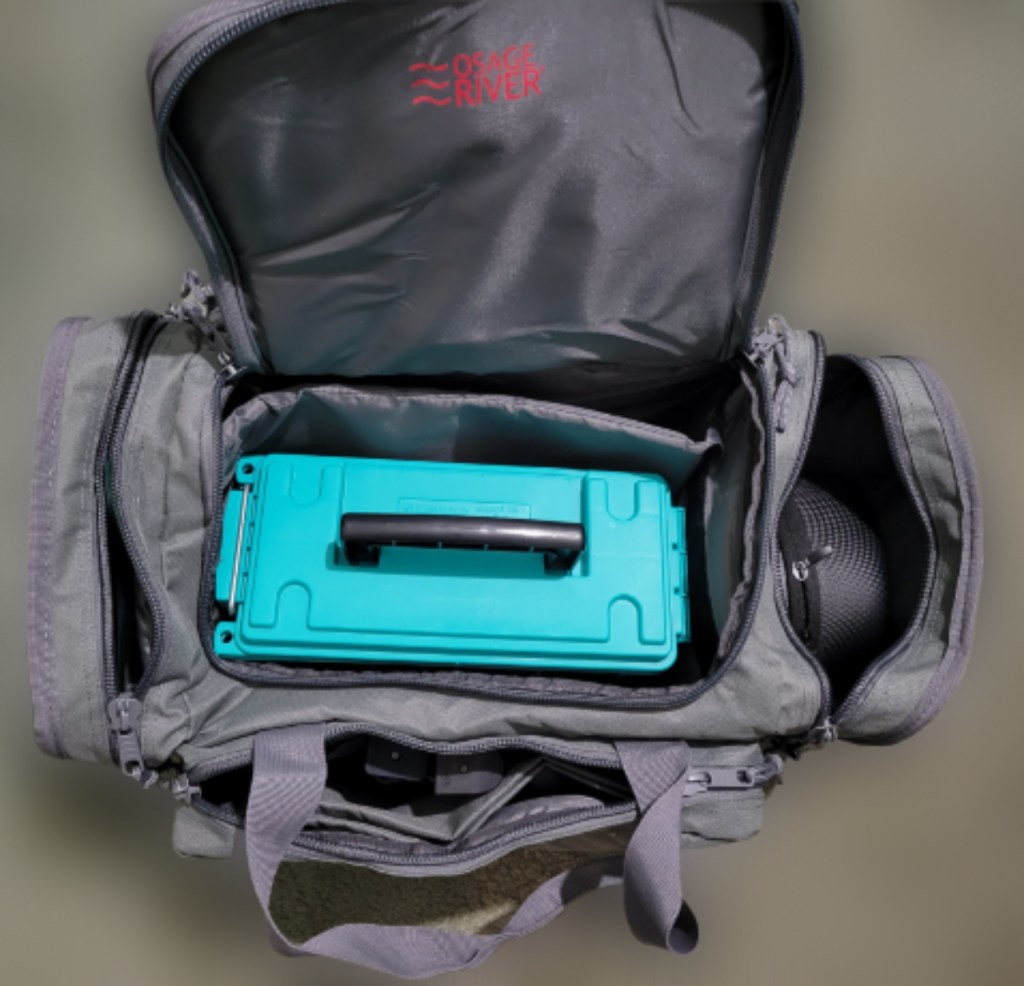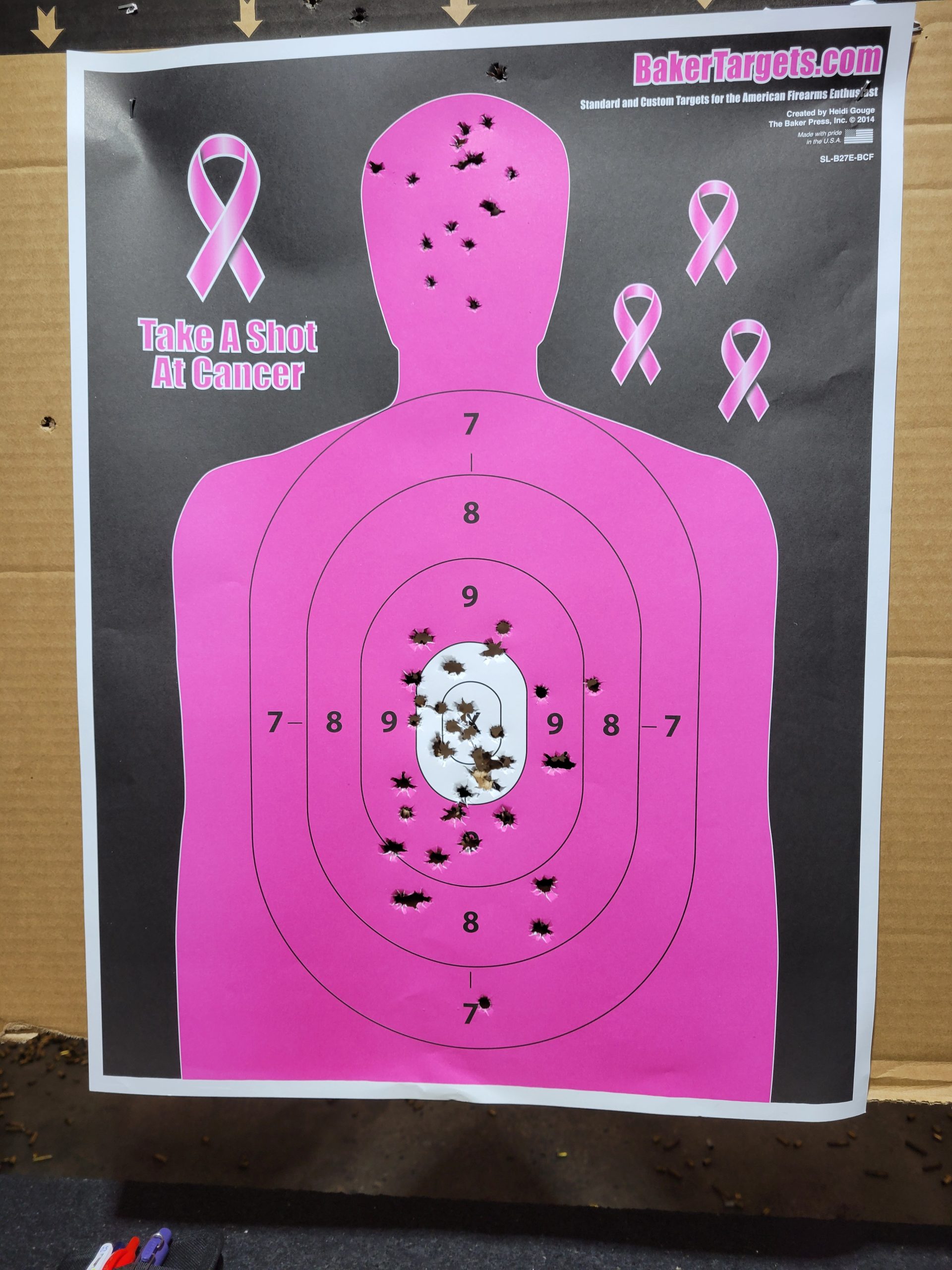First Shots
Your first visit to a range is exciting and a bit scary, but being prepared will make everything more fun. I’ll be describing what my first experiences were like while giving some tips on how to get ready for the range.
I was really lucky. My first time shooting a handgun was with the-gun-advocate at “the farm”. He brought a variety of handguns and rifles for me to try and started me with a .22. By the end of the day, I’d worked my way up to trying a .357 magnum and an AR15-22. This was a great way for me to get started.
If the first time you shoot, your friend/significant-other/relative hands you a .357 or .38 or some other big boomer, they are either an ass or an idiot. They are trying to impress you with the size of their personal weaponry. Instead, they should be trying not to freak you out. Starting with something manageable makes a huge difference. It gives you a chance to get some experience and confidence.
If you don’t have someone that you can trust to start you out, pay for a class at a local range. Do not watch a couple of videos (or read some posts), then go to a range to rent a pistol and try it on your own. In some states, you won’t be able to do this anyway because you may need a license before purchasing a gun. In addition, ranges often have rules about renting guns to someone by themselves.
Do not buy a gun that “looks good” and take it to the range. This is a recipe for disaster. At the very least, you’ll be spending money on something that you won’t actually like. At the worst, things can go horribly wrong. Look here for some advice on how to choose your first gun https://poetrypotionsandpistols.com/buying-your-first-gun/.
When you first go to the range with a friend or instructor, you don’t need to take much with you besides a good attitude. You will need eye protection and ear protection. Most ranges will rent these things. If you are going to a private range, you may need to bring your own. Check with the person hosting you.
In Your Range Bag

Let’s talk about what you need when you go solo. I’m assuming at this point that you either have purchased your own gun or meet whatever requirements are necessary for renting from the range. You’re going to need a range bag to carry your stuff in. This could be a sturdy backpack or a bag designed for the purpose. Just make sure it can be closed securely.
Here’s a list of what you might include:
- gun (in a gun case inside the range bag),
- ammo and ammo can (ammo may be purchased at the range),
- ear protection (foam ear inserts work fine but you may prefer electronic ear muffs that filter out loud noises and still let you hear a conversation),
- eye protection (if you wear glasses, you should be fine, but you can get protective goggles fairly cheaply),
- extra magazines,
- magazine loader,
- empty chamber indicator,
- marker,
- targets (can be purchased at the range),
- notebook and pen,
- first aid kit
Some of the items are optional. You can make due without extra magazines, loader, marker, notebook, and first aid kit. You will want them at some point, though.
In some states, if you don’t have a carry license, you will need your gun to be in a lockable case. In Maryland, I need to have my gun in a locked case and my ammo in a locked case. They can both be in my range bag as long as they are locked separately. Make sure you know the laws in your jurisdiction and follow them.
At the Range
When you get to the range, you’ll need to sign in. There may be a safety video and you’ll have to sign that you’ve watched it. You may need to give them license information. They will assign you a lane. Make sure to put your eye and ear protection on before you go to the lane. Also, there will be two doors. Make sure the outside one is closed before you open the inside one. This keeps noise and smoke from the range away from the rest of the store.
Safety Rules
Refresh yourself on the four main rules of safety. These are not abstract guidelines. You’re going to exercise your safety muscles during your time at the range, so read them, learn them, use them.
- Always treat your firearm as if it is loaded.
- Never point your firearm at anything you aren’t willing to destroy.
- Keep your finger off the trigger until you are ready to shoot.
- Know your target, what is around it, and what is behind it.
When you get to your lane, take your gun case out of your range bag. Make sure you put the case down on the counter arranged so the bag will open with the muzzle pointed down-range. Keep the gun in the same direction while loading or doing anything else with it.
Hang up your first target. If you have more than one, put the others on a lower shelf. Don’t pile your ammo, etc. on top of it and then have to move it all when your change targets. (Yes, I learned this from experience.)
Keep your empty chamber indicator handy in case the Range Safety Officer (RSO) calls for weapons to be put down. If that happens, unload your gun, lock the slide open, insert the flag, and lay the gun down on its left side, facing down-range.
It helps if you have a plan for what you are going to do during your session. This is still something I’m working on and I’ll talk about it elsewhere, but this is where the notebook and pen come in handy. You can use the marker or pen to make notes on the target or mark shots.
Finishing Up
When you’re done, put your gun back in the case still facing down-range. Make sure you are transporting your gun unloaded. Check that the magazine is out. Check that the chamber is empty. Check it again. Put away any leftover ammo. Lock things that need to be locked. You can take your targets with you, but it might be easier to take pictures while they are hanging up. This way you can keep a record of what you did while not hoarding paper.
When you leave your lane, wash your hands in cold water with lots of soap. You’ve been exposing yourself to lead and gunpowder. Washing with cold water first closes up your pores so you are less likely to absorb anything harmful. I also tend to shower when I get home.
Congratulate yourself on your first range day! I hope you have fun and that it’s the first of many.


Leave a Reply